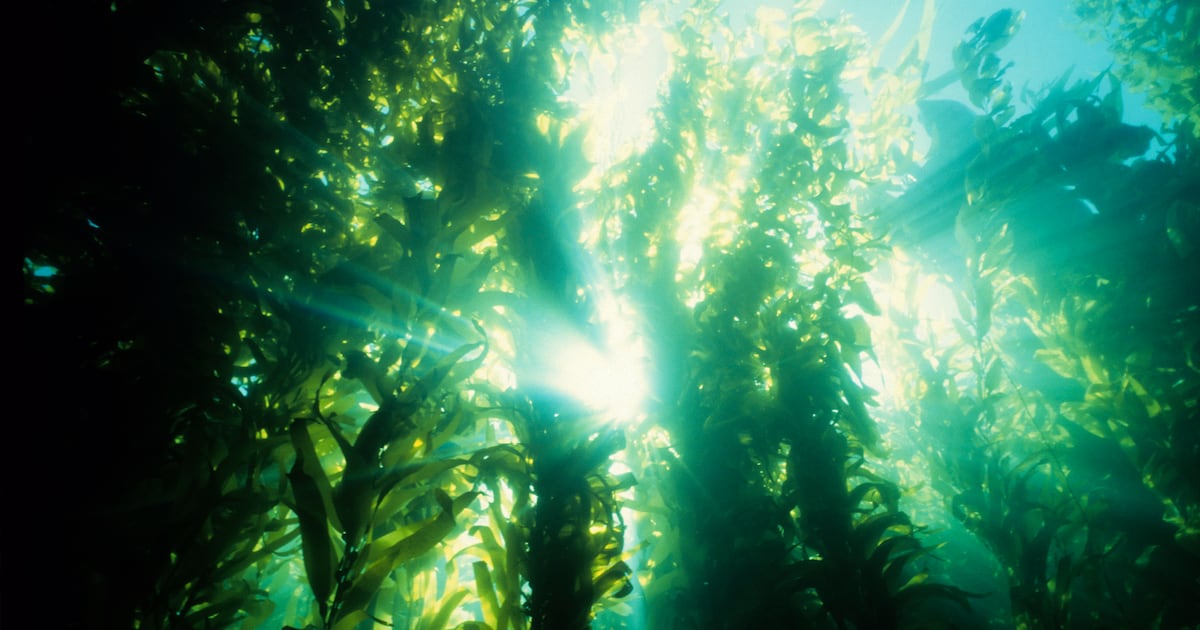
The use of chemical peels and lasers for skin rejuvenation has risen in popularity in recent years. For example, according to the American Society of Plastic Surgeons, over 3.3 million skin resurfacing procedures were performed in the US in 2022.
These procedures are often sought out to tighten skin, lessen wrinkles, even out skin tone, remove facial redness or smooth out post-acne scars.
Although dermatologic cosmetic treatments are considered minimally invasive they still temporarily disrupt the skin barrier during and after the treatments, which can lead to dry skin and irritation.
Antioxidant activity and anti-inflammatory effects
New research has been published in the Journal of Clinical and Aesthetic Dermatology (JCAD) on the efficacy of Macrocystis pyrifera ferment-containing serum (MPF-Serum) in strengthening the skin barrier and accelerating recovery following dermatological procedures.
The study aimed to discover whether a topical serum designed to maintain the stratum corneum integrity and restore barrier function before and after dermatologic treatments could help to fortify the skin barrier, minimise discomfort, and reduce downtime.
The ferment of giant sea kelp (Macrocystis pyrifera) is rich in cosmetically active compounds shown to have antioxidant activity and anti-inflammatory effects. These effects have the potential to promote stratum corneum healing and restore barrier function after cosmetic procedures.
The study was undertaken by Estée Lauder Companies’ (ELC) La Mer’s brand and the research team included ELC’s Clinical Sciences team and La Mer’s Max Huber Research Labs, along with various dermatologists and clinical researchers.
Two whole-face clinical trials and three split-face, randomised, controlled clinical trials were conducted on women aged between 31 and 65.
The participants applied the serum to skin twice a day for eight weeks and its effects on barrier integrity and strength were assessed by measuring trans-epidermal water loss before and after controlled tape-stripping experiments and in-clinic 70% glycolic acid peel and non-ablative laser procedures.
“A new standard of care”
Across multiple clinical trials, the serum demonstrated a significant increase in moisturisation and barrier integrity over an eight-week period.
In controlled dermatologic procedures, including 70% glycolic acid peels and non-ablative laser treatments, the serum improved post-procedure recovery better than standard moisturisers.
Researchers found that use of the Macrocystis pyrifera ferment serum increased mean moisturisation by 16% and improved barrier integrity by 11%. Meanwhile, barrier strength across 8x tape-stripped skin showed a 30% improvement after eight weeks of treatment.
In studies involving non-ablative laser procedures, the use of the Macrocystis pyrifera ferment serum pre-treatment or post-treatment improved the post-procedure barrier recovery to a greater extent than a standard moisturiser.
In a study involving a 70% glycolic peel, use of the serum pre-treatment improved post-procedure barrier recovery to a greater extent than no pre-treatment.
Researchers concluded that Macrocystis pyrifera ferment serum “could be used in preparation for a dermatological procedure and can be an acceptable alternative to conventional ointments, providing a new standard of care during the period of post-procedure recovery.”
They added that use of the serum “afforded faster recovery after barrier disruption associated with glycolic acid and non-ablative laser dermatologic procedures than a standard moisturiser.”
“These results may be attributed, in part, to the cosmetically active compounds present in M. pyrifera,” they said.
While the studies were carried out in line with good clinical practices, the team acknowledged there were limitations. They noted that while the correlation of results across studies is high, the sample sizes may be viewed as small.
“Further work to ensure reproducibility and consistency across larger, more diverse, and geographically dispersed populations employing a variety of dermatological procedures warrants consideration,” said the research team.
They also added that investigation into the mechanisms of the serum’s interaction with the stratum corneum is of interest for future studies.

